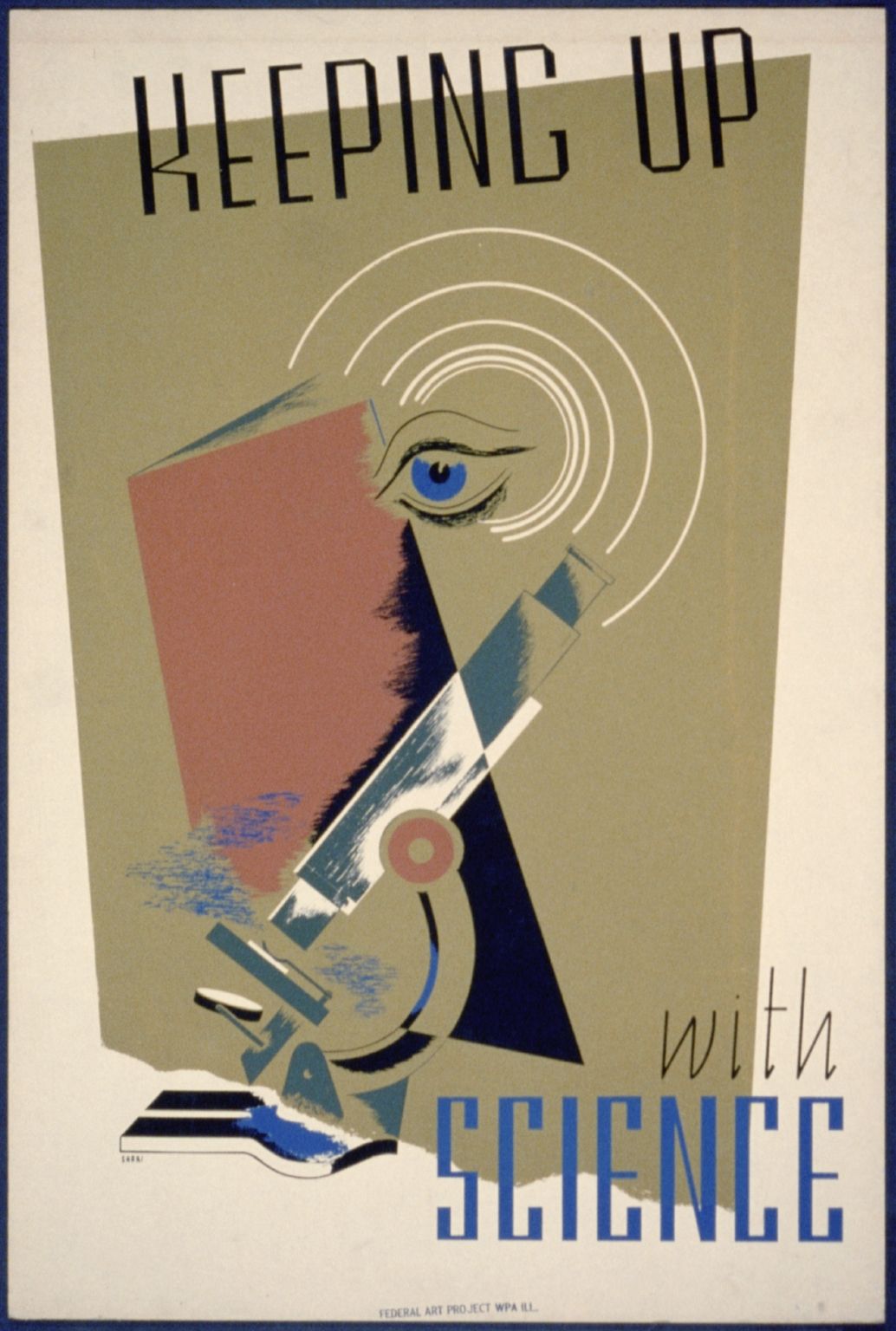A reader suggested (thank you!) that I look into the Santa Fe Institute: "They've got their hands in so much stuff behind the scenes, it's super cool." My interest was piqued, in part due to the fuzzy recollection that novelist Cormac McCarthy was involved with SFI. (I remembered correctly.)
First, the flavor of SFI, as articulated by its current leader:
What Krakauer describes is what I call the patternness of the universe — reality's tendency to exhibit patterns, like seriously a lot of them... interlocking matrices of fractals; rhizomes extrapolating infinitely from the tiniest of seeds.
Krakauer remarks that "common principles of entropy production, robust information encoding, convergent evolution, higher-order interactions, the control of networked components, and the efficient use of energy to store adaptive information, emerged as foundational principles in all complex systems."
As you may have guessed by now, the Santa Fe Institute is an academic think tank focused on complexity studies ("exploring the frontiers of complex systems science").
Four of SFI's most intriguing (to me) ongoing projects:



Who pays for all of this? Easy: SFI is funded by Wall Street, with a splash of Silicon Valley. And presumably a sprinkle of miscellaneous moneyed elites. (There's even the nigh-obligatory Jeffrey Epstein connection.) As you'd expect, SFI also draws on the National Science Foundation and similar large-scale grant-makers for financial support.
Symbiosis with industry is integral to SFI's hagiography, as relayed in the narrative history (well worth reading) on its website. Consider the following anecdote:
Citi had taken a beating in Latin American investments, and Reed was trying to understand why the bank's economists hadn't foreseen the impending downturn. Adams suggested the Institute might be able to help Citi (and economics) develop new approaches.
Cowan soon invited Reed and a few of his key staffers to Santa Fe to meet with key economists and scientists in a brainstorming session on international finance as a complex system. In August 1986, after a daylong discussion of the complexities of financial markets, Reed agreed to fund a workshop on "The Economy as an Evolving Adaptive System," to be led by Phil Anderson and Kenneth Arrow, both Nobel laureates and both involved in the new Institute.
This 1987 meeting "took our intellectual agenda in service of society to the extreme," says Pines.
The workshop brought ten leading economists together with ten Institute scientists for two weeks of talks and discussions. Following the workshop, Reed committed $1 million over four years to support a new complexity economics program at SFI, to be led by Arrow's Stanford economics colleague W. Brian Arthur, who later became SFI's first resident fellow.
SFI's economic complexity program continues to this day, spearheaded over the years by such figures as Arthur and Doyne Farmer, both now SFI External Professors, and SFI Professor Sam Bowles.
Fittingly, in addition to its research and educational programs, SFI has a consulting arm. Evidently that's delicate to navigate as a 501(c)(3) public charity:
Bit awkward to spell out in so many words, but I get it. When your donors claim tax deductions, the IRS is pretty strict, and that makes everyone nervous!
Here's what the Office of Applied Complexity is up to:
Arguably a nonprofit with a commercial bent is likelier to do quality work than one without it. Rapacious businesspeople signing checks for your research is an indicator of concrete applicability, no? However, I do acknowledge that associating with elite scientists like the late Murray Gell-Mann is a draw in-and-of itself. Prestige effects tend to be... let's say "ineffable."
At this juncture, I want to plug my friend Jason Crawford's thoughts on kickstarting the future:



%2C_Braunschweig%2C_late_1800s_-_Braunschweigisches_Landesmuseum_-_DSC04775.JPG/869px-Cash_register%2C_Grimme%2C_Natalis%2C_%26_Co._(later_Brunsviga_Maschinenwerke)%2C_Braunschweig%2C_late_1800s_-_Braunschweigisches_Landesmuseum_-_DSC04775.JPG)

Heck, while we're discussing the future, why not ricochet back to the past? 2001, when the Santa Fe Institute was young(er — founded in 1984) and très sexy:
Ooh la la 😜
brief ideological history of SFI from @erik_davis pic.twitter.com/4RVoxWFyGp
— 🅐🅩🅛 (@aaronzlewis) May 8, 2020
In the initial euphoria, there were attempts to use its principles to understand literally everything, from health conditions to earthquakes to the rise and fall of civilizations. None of these schemes panned out.
It turns out, perhaps obviously in hindsight, that you need to give something to get something. You can't make sharp predictions about these things only knowing that something involved is chaotic, or that it's a "dynamical system" (read: is described by literally any set of differential equations), and claims to the contrary tend to involve incredibly vague, nearly metaphysical predictions, or smuggling the conclusion into the premises.
The resulting failures were an ancestor of the current replication crisis, and disillusioned most scientists by the 1990s. It's not easy to reconstruct this, since most don't like to talk about it, but you can see hints in the record. The breathless news articles slow down, the grand theorizing stops getting accepted into Nature and Science, and when the mathematician V.I. Arnold writes the seminal work Catastrophe Theory (1984), he devotes both the first and last chapters to condemning the hype.
Unfortunately, public perception always lags a few decades behind, which has allowed "complexity science" institutes to begin a second life as the equivalent of a mid-tier consulting firm. The typical patron of such institutes has a few traits in common: he remembers the grand claims he saw in the New York Times decades ago, which the institutes now repeat unchanged, he is impressed by the shiny graphics they devote enormous energy to making, he doesn't have the slightest clue why more scientists don't do this anymore, and he has a lot of money to throw around. The field has smoothly transitioned from free beers at happy hour at the university, to cocktail parties at TED.
If you enjoyed this post, consider subscribing and/or membership.
Header photo from the United States Geological Survey, via Unsplash:
As air flows over and around objects in its path, spiraling eddies, known as Von Karman vortices, may form. The vortices in this image were created when prevailing winds sweeping east across the northern Pacific Ocean encountered Alaska's Aleutian Islands.





